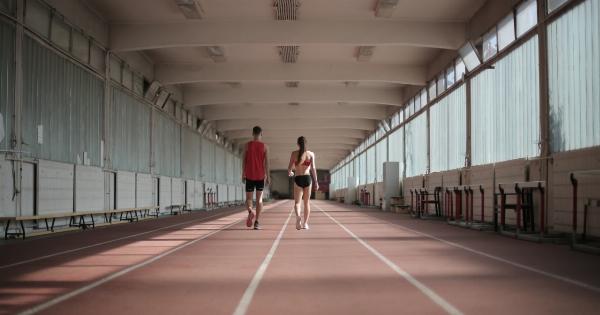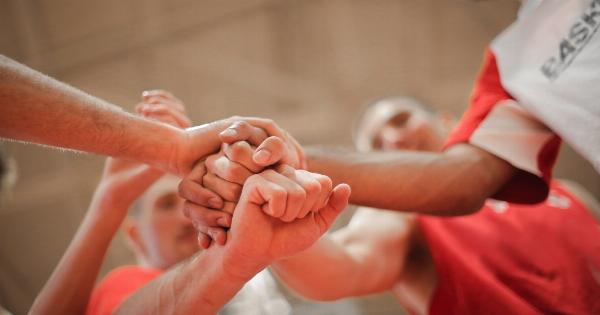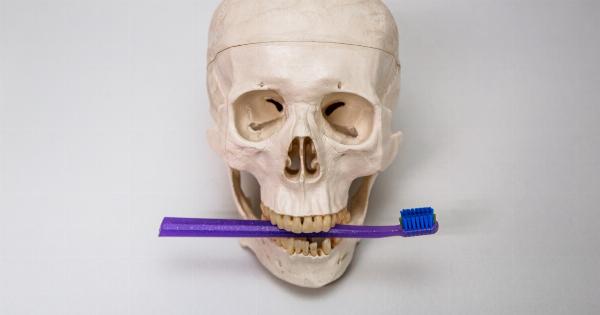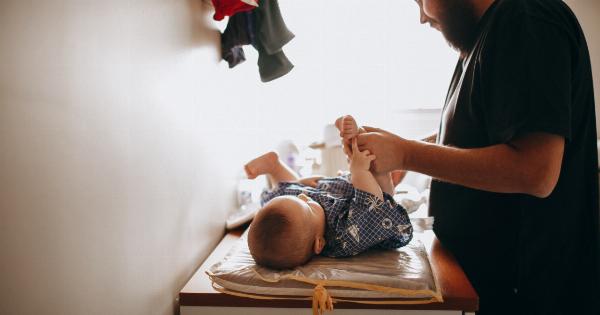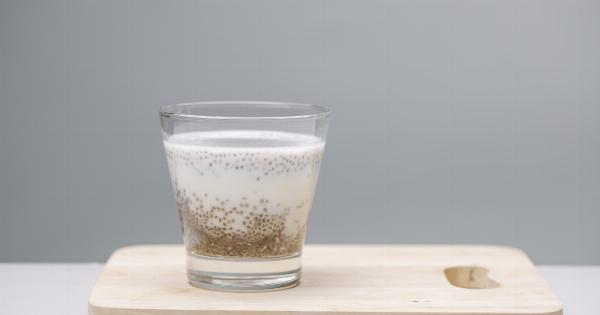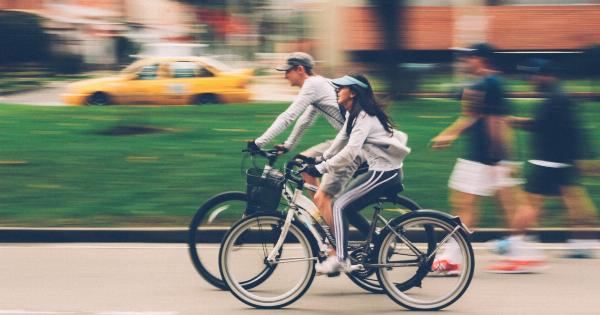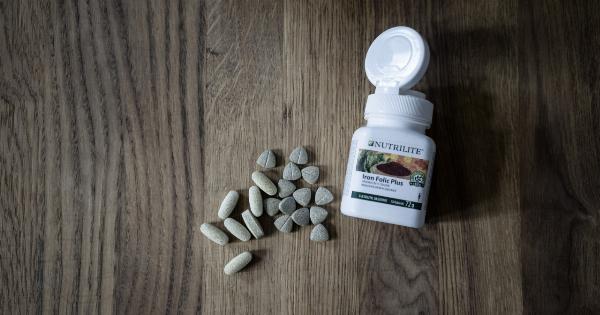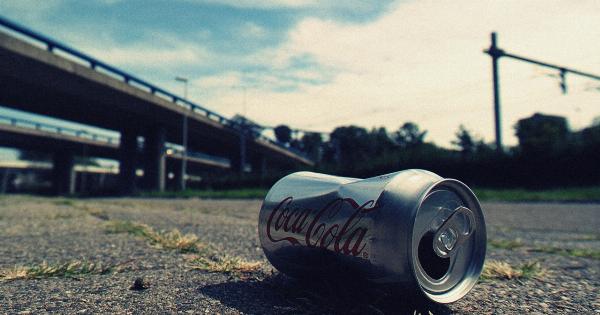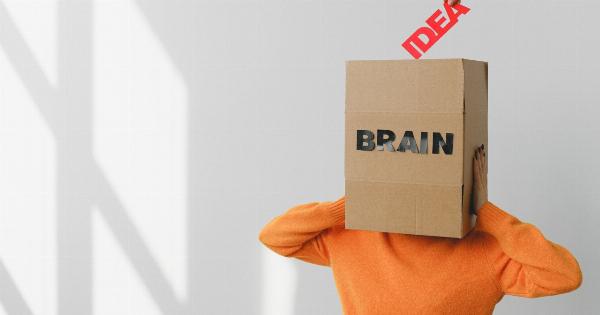Physical activity is crucial for the healthy development of children. From promoting cardiovascular health to building strong muscles, regular exercise provides numerous benefits for kids.
One particular aspect that often goes overlooked is the impact of physical activity on bone health. The early years of a child’s life play a vital role in bone development, and early walking can significantly contribute to stronger bones in children.
The Importance of Bone Health in Children
Bone health is essential for children as it lays the foundation for their future skeletal strength. During childhood and adolescence, bones are actively growing and developing.
It is the time when bone mass reaches its peak, and bone density is formed, maximizing the potential for healthy bones throughout life.
Strong bones not only provide structural support but also protect vital organs and facilitate proper movement.
Additionally, they are a crucial defense against osteoporosis, a condition characterized by weak and brittle bones that can lead to fractures later in life. Therefore, ensuring optimal bone health in children is of utmost importance.
How Walking Impacts Bone Health
Walking is a weight-bearing exercise, which means it puts stress on the bones. Engaging in weight-bearing activities stimulates the bones to become stronger and denser.
The mechanical loading on bones during walking promotes the deposition of calcium and other essential minerals, resulting in increased bone mass.
Early walking, particularly during the crucial bone development years, provides an excellent opportunity to strengthen bones.
The repetitive impact forces generated during walking help in building bone density, making them more resistant to fractures and injuries. Additionally, walking also improves balance and coordination, reducing the risk of falls and bone-related accidents.
Tips to Encourage Physical Activity for Strong Bones
Encouraging physical activity, including early walking, can have a significant impact on the bone health of children. Here are some tips to promote regular exercise:.
1. Create an Active Environment
Make sure your child has plenty of opportunities for physical activity. Encourage playing outdoors, enroll them in age-appropriate sports activities, and limit sedentary screen time.
Provide toys and games that promote movement and keep them engaged in active play.
2. Be a Role Model
Children often imitate their parents’ behavior, so be a positive role model by engaging in physical activity yourself. Go for walks together, participate in family games, and show enthusiasm for exercise.
Your involvement will inspire and motivate your child to stay active.
3. Make Walking Fun
Make walking an exciting and enjoyable activity for your child. Plan family walks to parks or nature trails, organize scavenger hunts while walking, or create a walking chart with rewards to track progress.
Engaging their imagination and adding an element of fun can make walking more appealing.
4. Encourage Active Commuting
Encourage your child to walk or cycle to school if feasible. Active commuting not only promotes physical activity but also provides an opportunity for children to develop independence and enhances their overall well-being.
5. Incorporate Strength-Building Exercises
In addition to walking, it is essential to include strength-building exercises in your child’s routine. Activities such as jumping, skipping, hopping, and climbing help strengthen muscles and bones, further promoting bone health.
6. Prioritize Safety
Ensure your child wears appropriate protective gear, such as helmets and knee pads, during activities that involve the risk of falls or injuries. Teach them basic safety rules and supervise their activities to prevent accidents.
7. Celebrate Achievements
Recognize and celebrate your child’s efforts and achievements in being physically active. This positive reinforcement will encourage them to continue engaging in regular exercise for strong bones and overall well-being.
8. Limit Sedentary Time
Set boundaries on screen time and prioritize physical activities over extended periods of sitting. Encourage breaks to stretch and move around during sedentary activities.
9. Seek Variety
Offer a variety of physical activities to prevent monotony and keep your child engaged. Mix walking with other activities such as swimming, dancing, or cycling to provide a well-rounded exercise routine.
10. Consult a Pediatrician
If you have concerns about your child’s bone health or need personalized advice on physical activity, consult a pediatrician or healthcare professional who can guide you based on your child’s specific needs.
By incorporating these tips into your child’s routine, you can promote strong bones and lay the foundation for a lifetime of good bone health.

